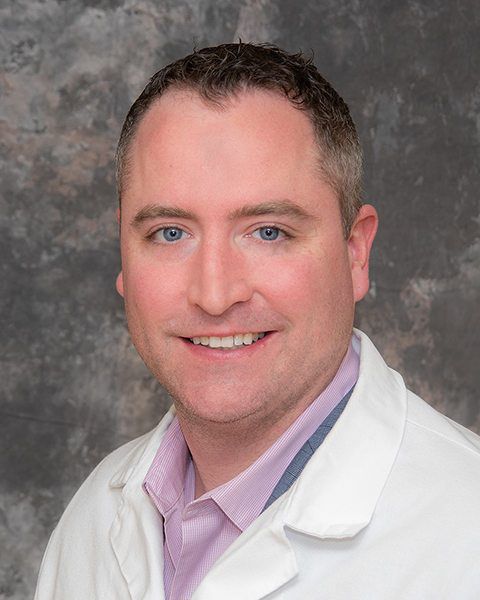Free Mole Screening in Punxsutawney
Penn Highlands Healthcare is hosting a free mole screening from 9 a.m. to 12 p.m. on Tuesday, May 10, at the Punxsutawney Community Medical Building, 551 W. Mahoning St., Punxy Plaza, Punxsutawney.
Dr. Ryan Rice, a board-certified plastic and reconstructive surgeon, will examine any moles that are growing or have changed.
Who should attend such a screening? “Anybody who has any changing spots or lesions on their skin, especially dark moles or any ulcerated or non-healing lesions,” Rice said. “ Also people who have significant risks factors such as long standing history of sun exposure.”
He will be looking for “any signs of early skin cancer such as basal cell or squamous cell carcinomas, or signs of possible melanoma,” Rice said.
This screening, along with the Spirit of Women community program called “Mole Mystery,” is presented by the Women’s Health Center of Penn Highlands Healthcare to spread awareness about skin cancer.
Skin cancer is the most common type of cancer in the United States. According to the Skin Cancer Foundation, each year there are more new cases of skin cancer than cases of breast, lung, prostate and colon cancer combined.
The average person has between 10 and 40 moles, though the number can vary drastically. The number of moles can change throughout your life, as new moles can develop and some may disappear as one ages. Also, they can appear almost anywhere on the body, including your scalp and underneath your fingernails.
But what exactly are they, and where do they come from? Moles are small, colored spots made of melanocytes, which are cells that make the pigment of the skin. Usually these cells are evenly distributed across the skin, but moles appear when these cells occur in clusters, causing small areas of skin to darken.
Though most moles are harmless, it is important to keep an eye on them in case they develop into abnormal moles, called dysplastic nevi, that have the possibility of becoming cancerous.
It is recommended to have an annual skin examination and to use the ABCDE method in between to check for:
A – Asymmetry – if you draw a line through the mole, the two halves will not match;
B – Border Irregularity – the edges are jagged, irregular or blurred;
C – Color Change – the color is not uniform and/or has varying shades of tan, brown or black;
D – Diameter – the size of the mole is greater than the size of a pencil eraser;
E – Evolving – overtime, the mole changes shape, color, size, etc.
Cancerous moles often appear suddenly and are dark and fast-growing. Others that need to be checked are those that are painful, itching, burning, inflamed, oozing or bleeding.
“Many skin cancers can be cured by simply removing them at an early stage. Melanoma however can be deadly even when it is small, especially after it becomes thicker than just 1millimeter, so it is very important to catch it early,” Rice said.
Screenings are free and no appointment is required. For more information about this screening or “Mole Mystery,” contact Lori Rancik, RN, at 371-9666. Different screenings will be held monthly at this location throughout 2016.
If you are interested in learning more about skin cancer, “Mole Mystery” is an educational program available for small groups within communities presented by The Women’s Health Center of Penn Highlands Healthcare. This program features information about types of skin cancer, personal risks, the importance of screening and simple day-to-day steps in prevention.

